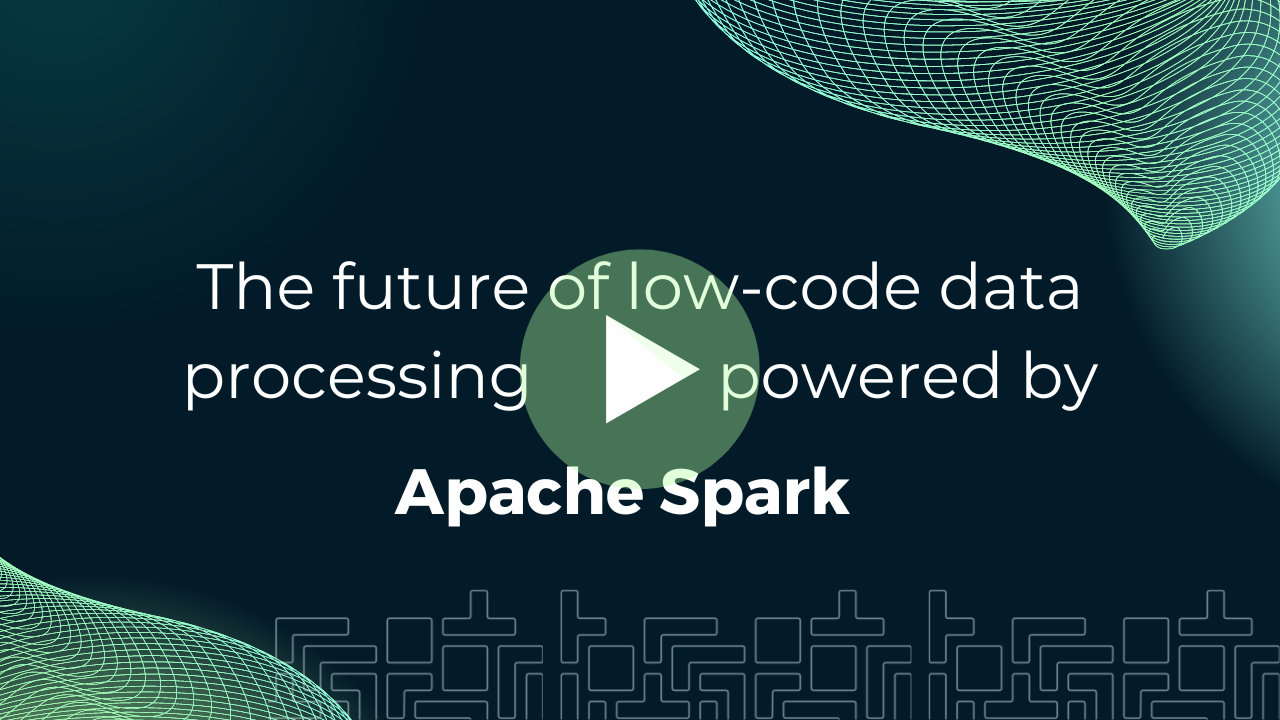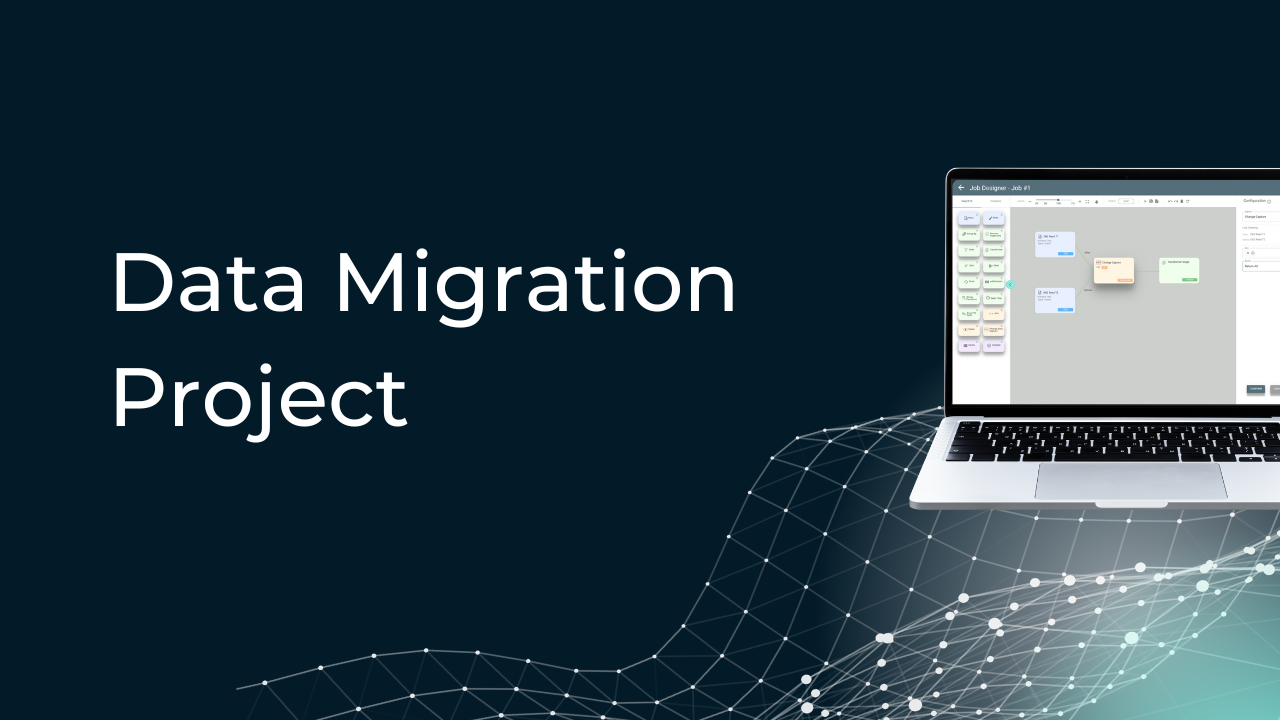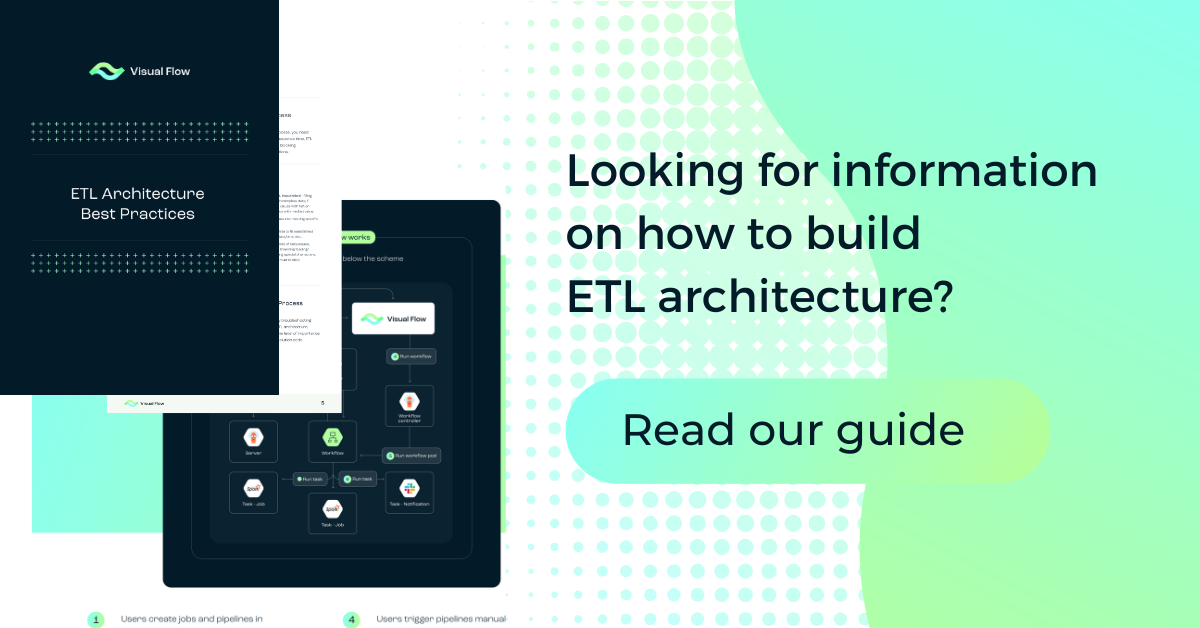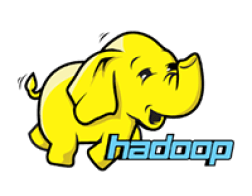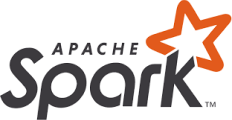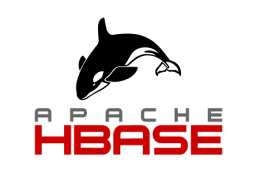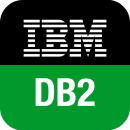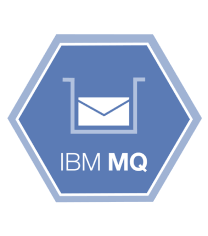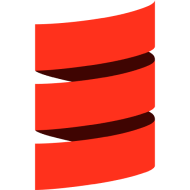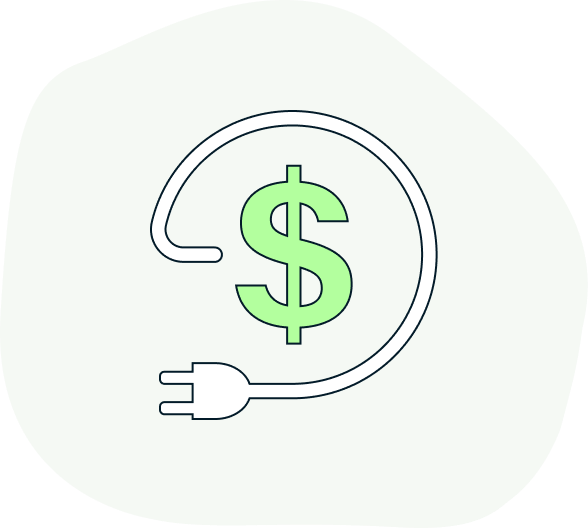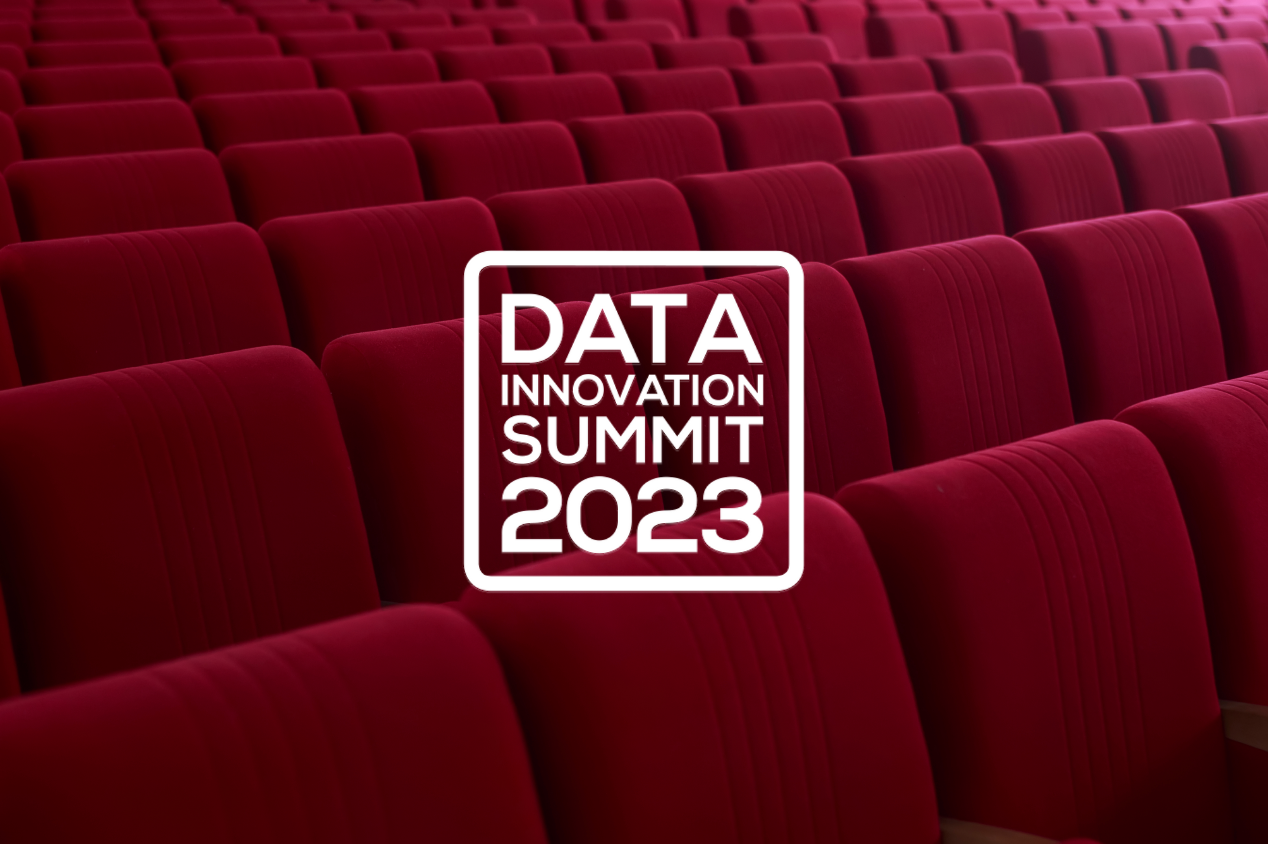Visual Flow ETL Tool - How It Works?
Key Components of Elasticsearch Integration
Clusters, nodes, shards, replicas, and indices are the essentials of Elasticsearch integration. Clusters are groups of nodes that collaborate to handle all your data tasks. Nodes are the servers within a cluster. Shards divide data across servers and break large datasets into smaller pieces. Replicas are duplicates of shards that provide fault tolerance and load balancing. Indices group similar documents to make data organization and retrieval efficient.
Core Features and Benefits of Elasticsearch ETL
Here are the core features and benefits of this elastic tool:
- efficient data extraction, transformation, and loading;
- support for real-time analytics and insights;
- high scalability;
- enhanced data integration;
- improved data quality;
- increased performance and efficiency;
- data enrichment;
- a robust data pipeline;
- cross-cluster replication;
- searchable snapshots;
- data rollups;
- machine learning integration.
Elasticsearch ETL provides all the tools and features necessary for effective data integration and insight generation.
Try Visual Flow – Elasticsearch ETL for your data project
Data Modeling with Elasticsearch
Elasticsearch data modeling defines how data is stored and indexed to facilitate efficient querying and analytics. Start by defining a clear schema and dynamic mapping to ensure accurate indexing. Structure your data using nested objects and parent-child relationships to maintain efficient queries. Balance your load with strategic index sharding and replication. Continuously monitor performance and adjust your model as needed.
Try Visual Flow – Elasticsearch ETL for your data project
Try Visual Flow – Elasticsearch ETL for your data project
Implementation Strategies for Elasticsearch ETL
Implementing Elasticsearch ETL requires a well-thought-out strategy that consists of:
- Planning.
- Data mapping.
- Choosing the right Elasticsearch tools.
- Building the data pipeline.
- Monitoring and performance optimization.
These phases are a way to establish a high-performance ETL pipeline for Elasticsearch that supports real-time analytics and robust data management. For expert guidance and specialized consulting services to optimize your ETL strategies, visit Visual Flow.
Future Trends and Developments in Elasticsearch ETL
The future of Elasticsearch ETL promises exciting developments. We’re talking about AI and machine learning integration, real-time data processing, and scalability improvements. These advancements will bring a more efficient, secure, and insightful future for your data strategy — and Visual Flow’s specialists are ready to help you get the most out of them.
The team  you can rely on
you can rely on





Other Visual Flow's Tools
Contact us
